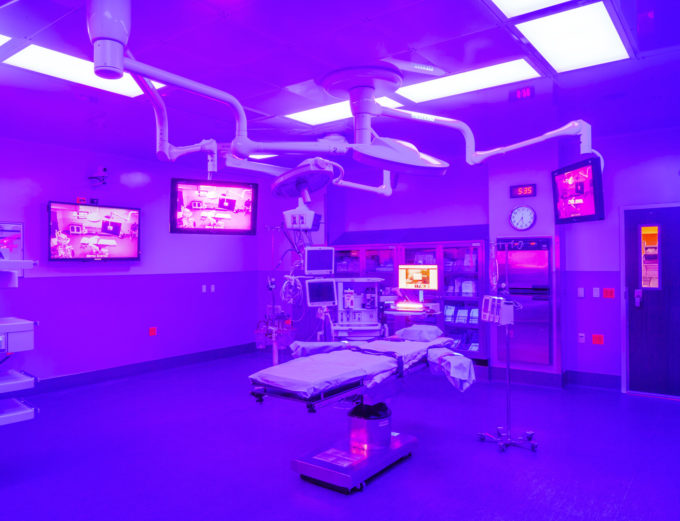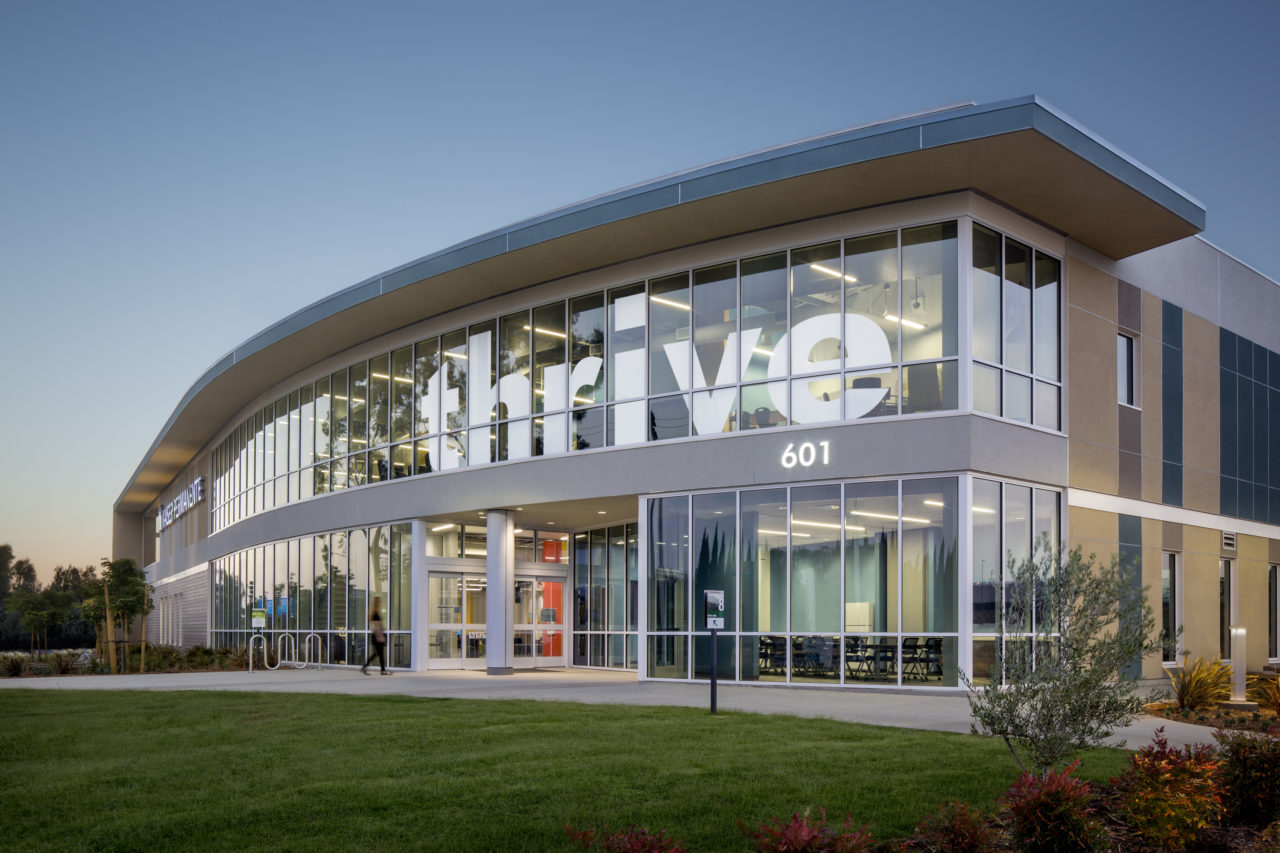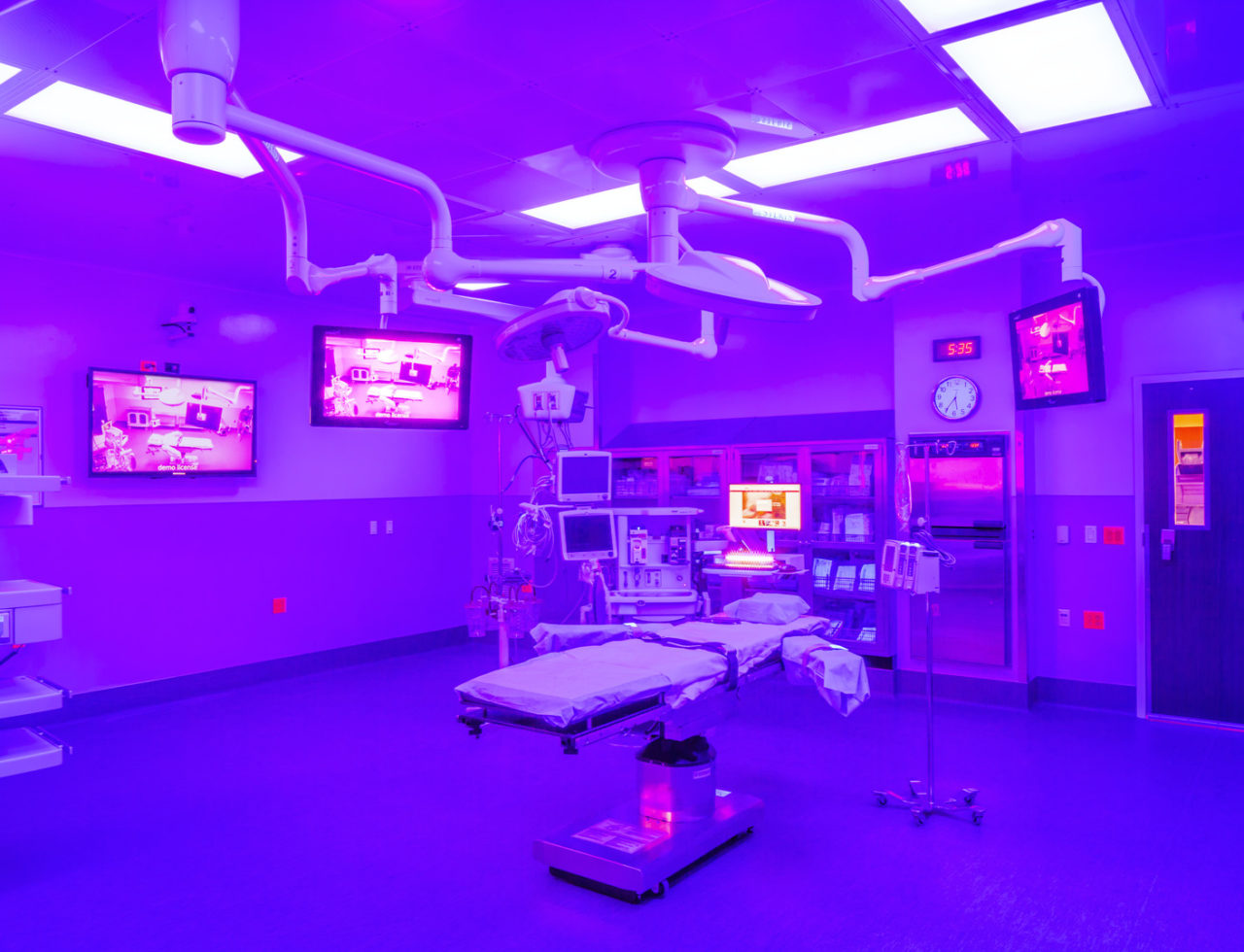Healthcare design is a very detailed endeavor. Hospitals and medical centers are complex buildings, with strict code regulations as well as operational requirements that demand many different types of spaces fit seamlessly into the design. While it’s critical to ensure that healthcare facilities operate smoothly, it’s equally important to focus on patient satisfaction. Today, thanks to hospital surveys and general patient feedback, hospital administrators are more aware than ever before of patient approval levels.
Architects can help contribute to patient satisfaction in healthcare by being thoughtful about their design choices and thinking about these buildings in not just a technical way, but also in a human way.
What Contributes Toward Patient Satisfaction In Healthcare?
Studies show that buildings designed with patient stress levels and comfort in mind can contribute to faster healing. By designing a building for operational efficiency as well as patient well-being, architects can help increase patient satisfaction. HMC Architects incorporates proven tactics for both within all of our healthcare projects, while also taking project-specific requirements into consideration. Our strategies include:
- Wayfinding: Arriving at a healthcare facility can be stressful for patients and their families. Therefore, making all who enter feel at ease from the moment they arrive is critical. One way we do that is through improving wayfinding. At the Kaiser Permanente Skyport Medical Offices in San Jose, California, wayfinding features include color-coded service portals and elevator areas with color-compatible glass tiles and large numbers to easily identify locations within the building.
- Cleanliness: Cleanliness is imperative in any healthcare facility. An architect can contribute to standard maintenance efforts by using materials and technologies that resist bacteria and convey the appearance of cleanliness in the building. We know that patients perceive light-colored surfaces to be cleaner than darker surfaces and that cleanliness is a very large factor of patient satisfaction. So, at Henderson Hospital in Henderson, Nevada, we used evidence-based design practices and features that incorporate cleanliness. We created private patient rooms and used silver ion-infused countertops and antimicrobial coatings on handles to limit the spread of bacteria within the facility. We also took the innovative approach of incorporating bacteria-destroying narrow spectrum infection-control lighting in specific treatment areas and in operating rooms to provide the most bacteria-free environments possible.
- Privacy: Patients feel vulnerable during a hospital stay, so an experienced architect will take care to design spaces with a focus on patient dignity and privacy. Check-in areas should provide acoustic privacy, while individual rooms should accommodate visual privacy. Instead of using clear glass in ground-floor patient rooms and rooms in the line of sight of nearby buildings, an architect might consider frosted glass instead. When we redesigned the Kaiser Permanente Fontana Medical Center in Fontana, California, we focused on patient satisfaction and privacy. We reconfigured the emergency department to allow for better determination of patient acuity, used furnishings in the labor and delivery suites that provide a home-like feel, and incorporated natural light into spaces, which reduces the institutional feel a hospital can emit. We also shifted from the typical open nursery concept to a more private one.
- Comfort: Patient comfort is key to reducing stress and improving recovery times. At the Torrance Memorial Medical Center in Torrance, California, we addressed this by capitalizing on and designing around the expansive ocean views from its Lundquist Tower. As a result, patients feel less like they are in a hospital and more like they are in a luxury hotel. Spacious patient rooms, soft colors, plenty of light, and natural gardens all help contribute to an atmosphere of comfort.
- Care: Patients want the peace of mind that comes with knowing they are receiving the best care. Designing spaces that both improve caregiver efficiency and contribute to staff physical and mental wellness translate into improved patient satisfaction. Our work on the Kaiser Permanente La Habra Medical Offices in La Habra, California, centered around the fact that the facility is open to the community and hosts healthy activities and farmer’s markets. We integrated a public square into the design, as well as indoor and outdoor waiting areas with fitness equipment to promote health education. We also provided high-tech, remote check-in options to help to ease front-desk staff duties. Wellness is comprised of many pieces, and embracing the idea of community participation and support creates a workplace where medical professionals feel valued and know they’re part of a collaborative effort.
We Provide Stress-Reducing Solutions
Healthcare facilities can be stressful places for patients and their families, but through thoughtful design, architects can help to reduce the anxiety. We understand the many challenges that present themselves when creating hospitals and medical centers, and take pride in offering innovative solutions that help to increase patient satisfaction in healthcare.
HMC Architects has been designing healthcare facilities since 1940, and we are passionate about providing services that promote comfort, warmth, and fast recovery. To learn more about healthcare design and how to increase patient satisfaction, contact HMC today or email George Vangelatos, Chief Design Officer, directly. He will be happy to discuss your project with you.






